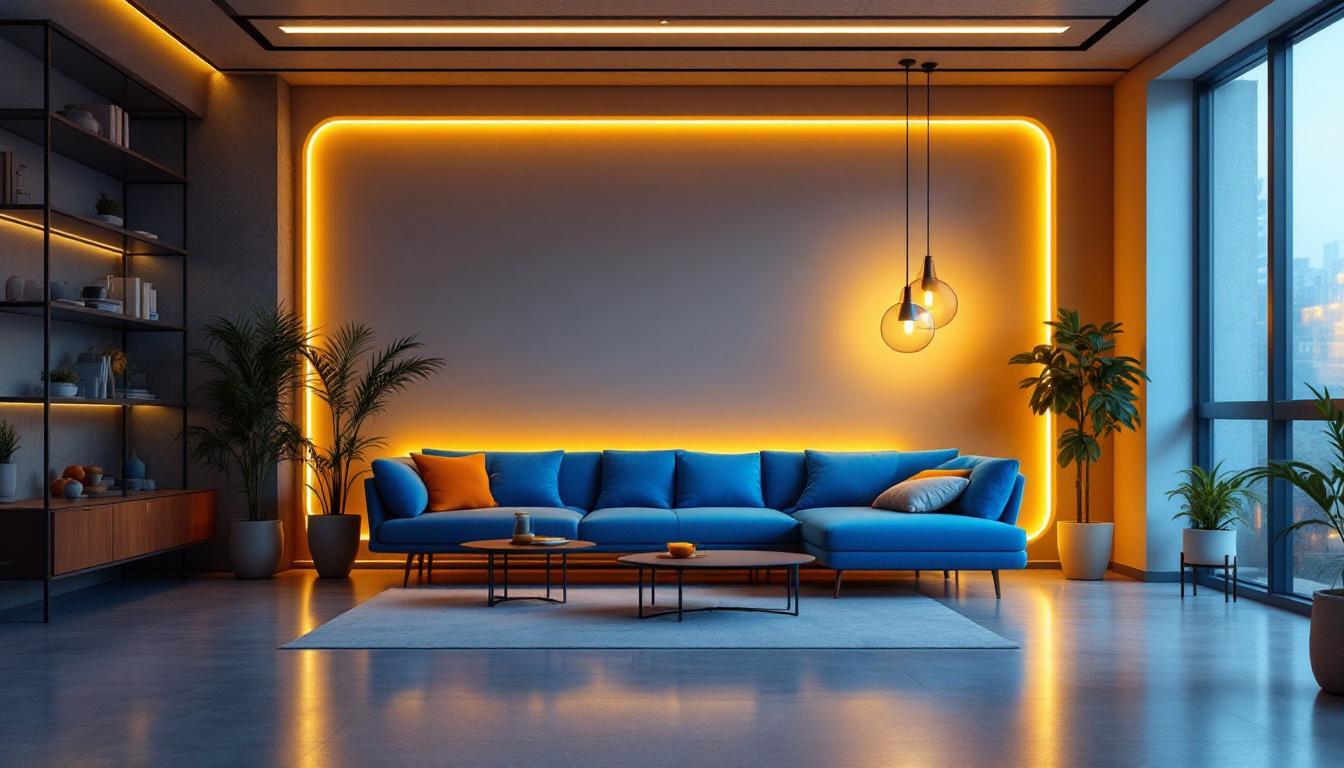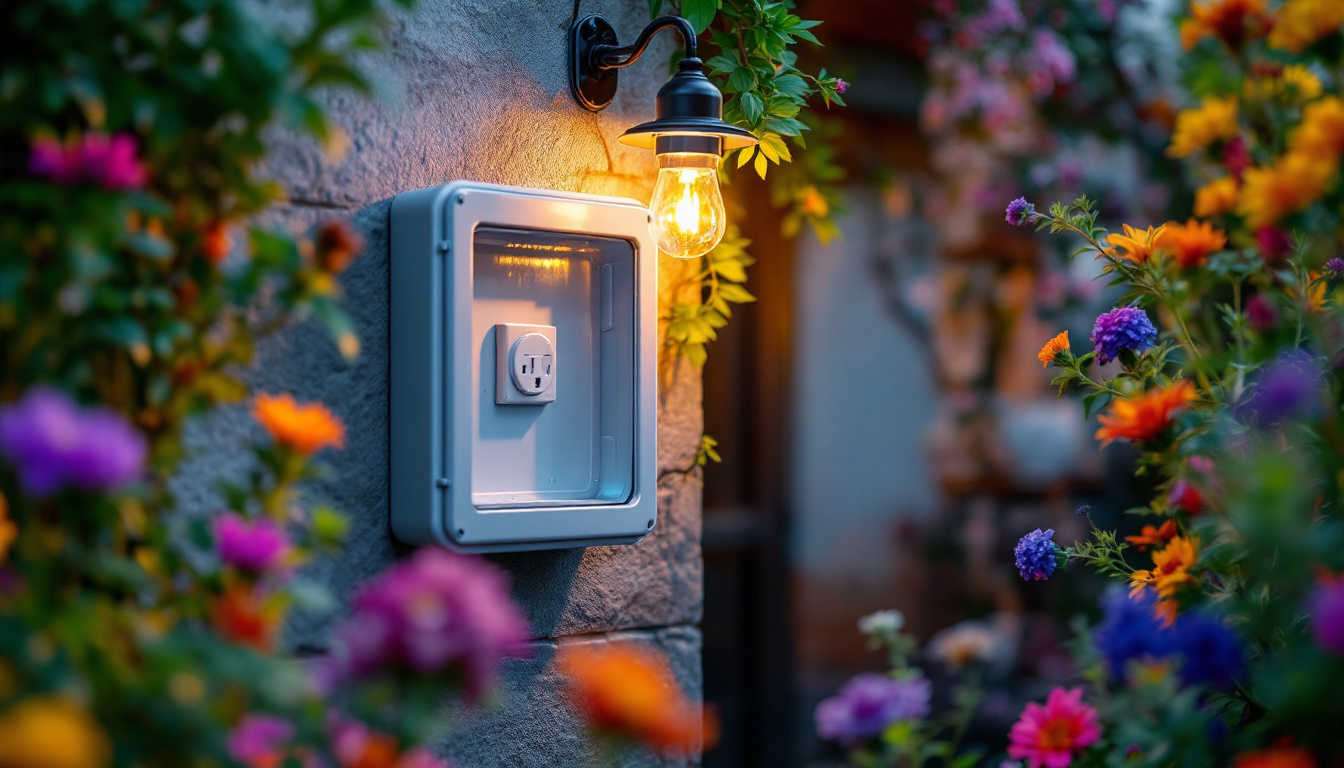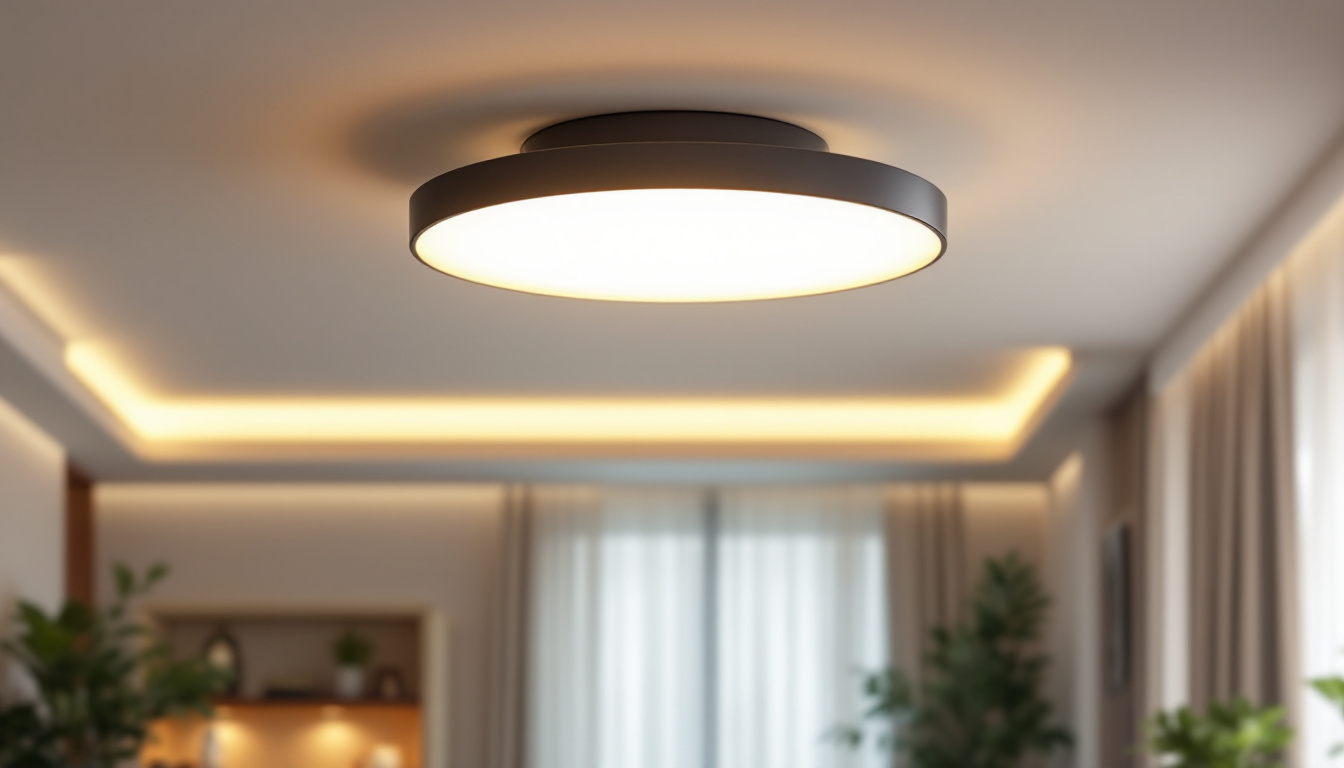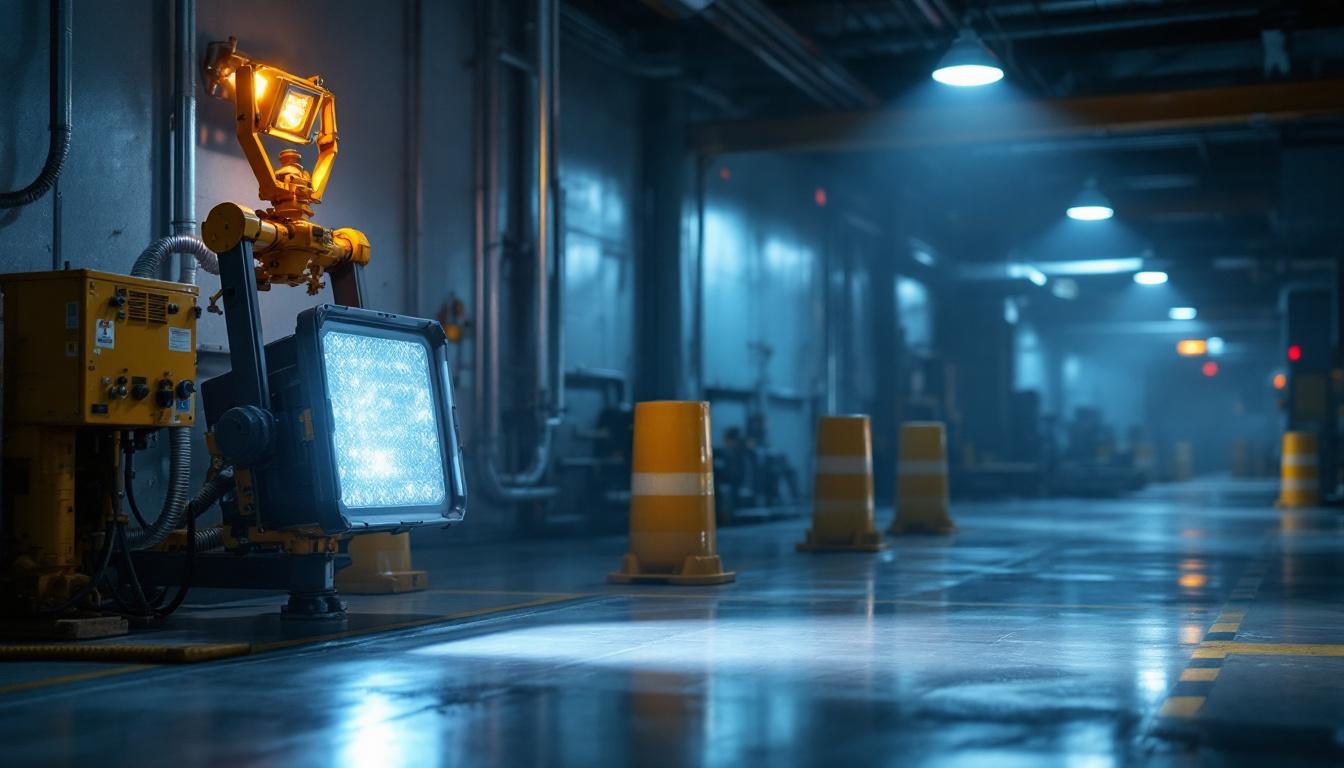
In an era where sustainability and innovation converge, the lighting industry is witnessing a significant transformation. Retro-fitting existing lighting systems has emerged as a pivotal solution, providing both environmental benefits and cost savings. This article delves into the future of lighting design and installation, emphasizing the importance of retro-fitting for contractors and the broader implications for the industry.
Over the past few decades, lighting design has evolved dramatically. From incandescent bulbs to the advent of LED technology, the industry has continually adapted to meet changing consumer preferences and environmental standards. Today, the focus is not only on aesthetics but also on energy efficiency and sustainability.
Retro-fitting involves upgrading existing lighting systems with modern technologies without the need for a complete overhaul. This approach allows contractors to enhance the performance and efficiency of older systems while minimizing waste. By integrating new lighting technologies, such as LED fixtures and smart controls, contractors can significantly reduce energy consumption and improve the overall quality of light.
The advantages of retro-fitting extend beyond mere energy savings. For contractors, it opens up new avenues for business growth. Clients are increasingly seeking sustainable solutions that not only reduce their carbon footprint but also lower operational costs. By offering retro-fit services, contractors can position themselves as leaders in the industry, catering to a growing demand for eco-friendly solutions.
Moreover, retro-fitting can enhance the aesthetic appeal of a space. Modern lighting solutions offer versatility in design, allowing for creative applications that can transform environments. Whether it’s a commercial building or a residential property, retro-fitting can breathe new life into existing spaces while meeting contemporary design standards.
In addition to aesthetic improvements, retro-fitting also provides an opportunity for technological integration. Smart lighting systems, which can be controlled via mobile apps or voice commands, are becoming increasingly popular. These systems allow users to customize their lighting experience, adjusting brightness and color temperature to suit their mood or activity. This level of personalization not only enhances comfort but also contributes to energy savings, as users can easily turn off lights in unoccupied spaces or set schedules for automatic adjustments.
Furthermore, the shift towards smart lighting systems aligns with the broader trend of smart homes and buildings. As more property owners invest in automation technologies, retro-fitting becomes a strategic move to future-proof their spaces. By incorporating advanced lighting controls and connectivity options, contractors can help clients stay ahead of the curve, ensuring their properties are equipped to adapt to emerging technologies and trends in the years to come.
The rapid advancement of technology has significantly influenced lighting design and installation. Smart lighting systems, which can be controlled remotely and programmed for various settings, are becoming increasingly popular. These systems not only enhance user convenience but also contribute to energy savings by allowing for precise control over lighting levels.
Smart lighting systems utilize sensors and automation to optimize energy usage. For instance, occupancy sensors can automatically turn lights off in unoccupied spaces, while daylight sensors adjust artificial lighting based on natural light availability. This integration of technology not only improves energy efficiency but also enhances the user experience by providing adaptable lighting solutions. Furthermore, many smart lighting systems can be integrated with home automation platforms, enabling users to create customized lighting scenes that can be activated with a simple voice command or through a mobile app. This level of interactivity allows homeowners to tailor their environment to suit their mood or activity, whether it’s hosting a dinner party or winding down for the evening.
LED technology continues to evolve, offering even greater efficiency and longevity. New developments in LED fixtures provide higher lumen output with lower wattage, making them an ideal choice for retro-fitting projects. Additionally, advancements in color temperature and dimming capabilities allow for more precise control over the ambiance of a space, catering to diverse client preferences. The introduction of tunable white LED technology, which allows users to adjust the color temperature throughout the day, mimics natural light patterns and can positively impact mood and productivity. Moreover, the durability of LEDs means they are less prone to breakage compared to traditional bulbs, reducing maintenance costs and waste over time. As manufacturers continue to innovate, we can expect to see even more versatile applications of LED technology, including flexible lighting solutions that can be adapted to various architectural designs.
While retro-fitting presents numerous benefits, it is not without its challenges. Contractors must navigate various obstacles, including compatibility issues with existing systems and the need for specialized knowledge in new technologies. Understanding these challenges is crucial for successful implementation and client satisfaction.
One of the primary challenges in retro-fitting is ensuring that new technologies are compatible with existing infrastructure. Contractors must conduct thorough assessments of current lighting systems to identify potential issues and determine the best retro-fit solutions. This may involve upgrading wiring, fixtures, or controls to accommodate modern technologies.
As technology continues to advance, ongoing education and training for contractors become essential. Familiarity with the latest products and installation techniques is crucial for delivering high-quality retro-fit services. Investing in training programs and workshops can help contractors stay ahead of the curve and provide clients with expert guidance on the best solutions for their needs.
When embarking on a retro-fit project, several design considerations must be taken into account. A well-thought-out design can significantly enhance the effectiveness of the new lighting system while ensuring that it meets the specific needs of the space.
Understanding the unique requirements of each client is paramount. Contractors should engage in detailed discussions to ascertain the desired outcomes, whether it’s improved energy efficiency, enhanced aesthetics, or better functionality. This client-centric approach allows for tailored solutions that align with their vision and budget.
The layout and distribution of light are critical factors in retro-fitting. Contractors must consider the existing architecture and how new fixtures will interact with the space. Proper placement of lights can minimize shadows and enhance visibility, creating a more inviting environment. Additionally, the use of layered lighting—combining ambient, task, and accent lighting—can elevate the overall design.
Examining successful retro-fit projects can provide valuable insights for contractors. These case studies highlight innovative solutions and the positive impact of retro-fitting on various types of spaces.
In a recent project involving a large office building, a contractor implemented a comprehensive retro-fit strategy that included replacing outdated fluorescent fixtures with energy-efficient LED lights. The result was a 50% reduction in energy consumption, significantly lowering operational costs. Moreover, the new lighting design improved employee productivity and satisfaction, demonstrating the dual benefits of energy efficiency and enhanced workplace ambiance.
A retro-fit project in a retail store showcased the importance of lighting in creating an engaging shopping experience. By replacing traditional lighting with adjustable LED fixtures, the store was able to highlight merchandise effectively while reducing energy costs. The flexibility of the new lighting system allowed for seasonal changes in display, further enhancing customer engagement and sales.
Sustainability is a driving force behind the shift towards retro-fitting in the lighting industry. As consumers become more environmentally conscious, the demand for sustainable solutions continues to rise. Contractors play a pivotal role in this transition by promoting eco-friendly practices and products.
Retro-fitting existing lighting systems contributes to reducing the carbon footprint of buildings. By replacing outdated fixtures with energy-efficient alternatives, contractors can help clients achieve their sustainability goals. This not only benefits the environment but also aligns with government regulations and incentives aimed at promoting energy efficiency.
Contractors have the opportunity to educate clients about the importance of sustainable lighting practices. By advocating for retro-fitting and the use of energy-efficient technologies, contractors can position themselves as trusted advisors in the quest for greener solutions. This proactive approach can lead to long-term relationships with clients who value sustainability.
As the lighting industry continues to evolve, several trends are emerging that will shape the future of retro-fitting. Staying informed about these trends is essential for contractors looking to remain competitive in the market.
The integration of the Internet of Things (IoT) in lighting design is set to revolutionize the industry. Smart lighting systems that communicate with other devices will enable enhanced control and automation. Contractors who embrace this technology will be well-positioned to offer cutting-edge solutions that meet the demands of modern clients.
Human-centric lighting, which considers the biological effects of light on individuals, is gaining traction. This approach emphasizes the importance of lighting in enhancing well-being and productivity. Contractors who incorporate human-centric principles into their retro-fit designs can create environments that promote health and comfort, appealing to a broader client base.
As the lighting industry moves forward, retro-fitting will play a crucial role in shaping the future of design and installation. For contractors, embracing this trend means not only enhancing their service offerings but also contributing to a more sustainable and energy-efficient world. By staying informed about technological advancements and design considerations, contractors can position themselves as leaders in the evolving landscape of lighting.
In conclusion, retro-fitting is not just a trend; it is a fundamental shift in how lighting systems are designed and implemented. By leveraging modern technologies and sustainable practices, contractors have the opportunity to transform spaces while meeting the demands of an increasingly eco-conscious market. The future of lighting design and installation lies in the hands of those who are willing to innovate and adapt to the changing needs of clients and the environment.
Ready to lead the charge in the future of lighting design and installation? At LumenWholesale, we provide contractors with the high-quality, spec-grade lighting products you need to execute successful retro-fit projects. Our commitment to affordability means you get the best value on wholesale lighting without the extra markups. With our extensive selection that meets rigorous industry standards, you can ensure your projects shine with reliability and performance. Plus, with the convenience of free shipping on bulk orders, you can stock up on premium lighting effortlessly. Don’t let hidden fees dim your vision—choose LumenWholesale for quality, affordability, and convenience. Start transforming spaces today and visit Wholesale Lighting at the Best Value to explore our products.

Discover how commercial LED lighting is revolutionizing projects for lighting contractors.

Discover how to enhance your outdoor lighting setup with waterproof electrical boxes.

Discover expert insights from lighting contractors on selecting and installing flush ceiling light fixtures.

Discover the essentials of hazardous area lighting, including safety standards, types of lighting solutions, and installation tips.